Long-term outcomes in very young patients with myocardial infarction with non-obstructive coronary arteries
Coronary Artery Disease Journal
JANUARY 11, 2024
Myocardial infarction (MI) with non-obstructive coronary arteries (MINOCA) covers an expanding group of patients over recent years. They had significantly lower rates of diabetes and hypertension and higher rates of male gender and smoking compared to the older group. P = 0.02] in the ≤40-year-old group.


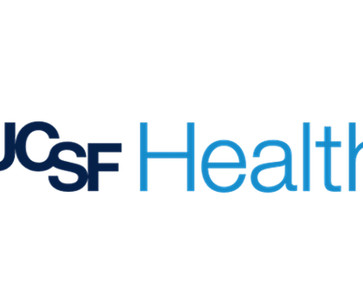
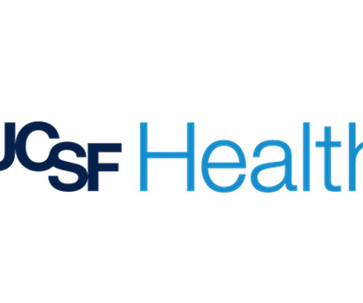

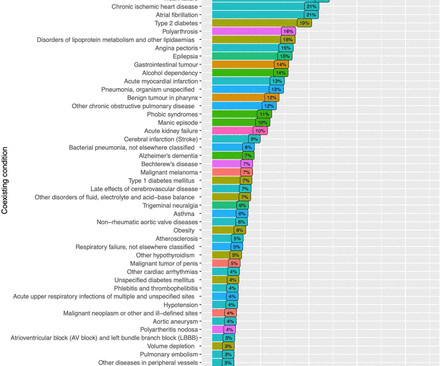



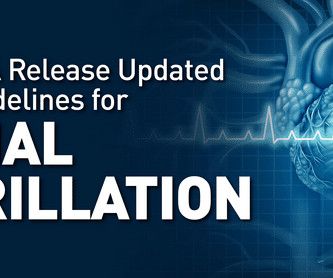



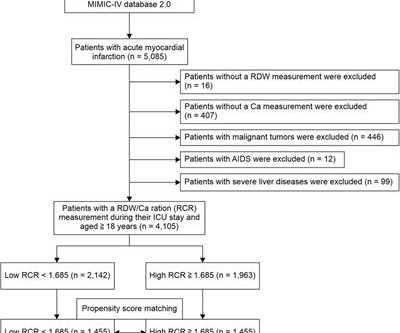


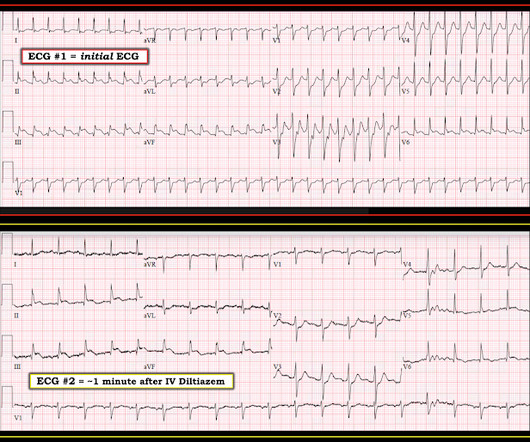



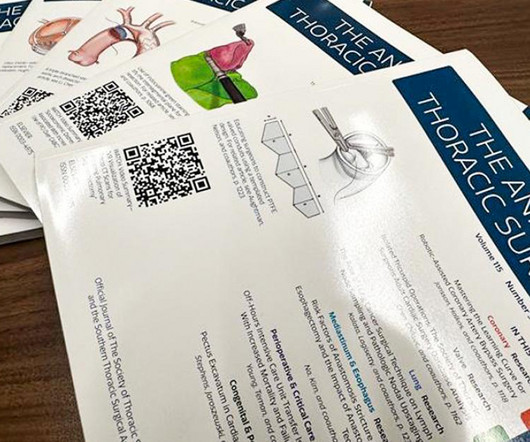







Let's personalize your content